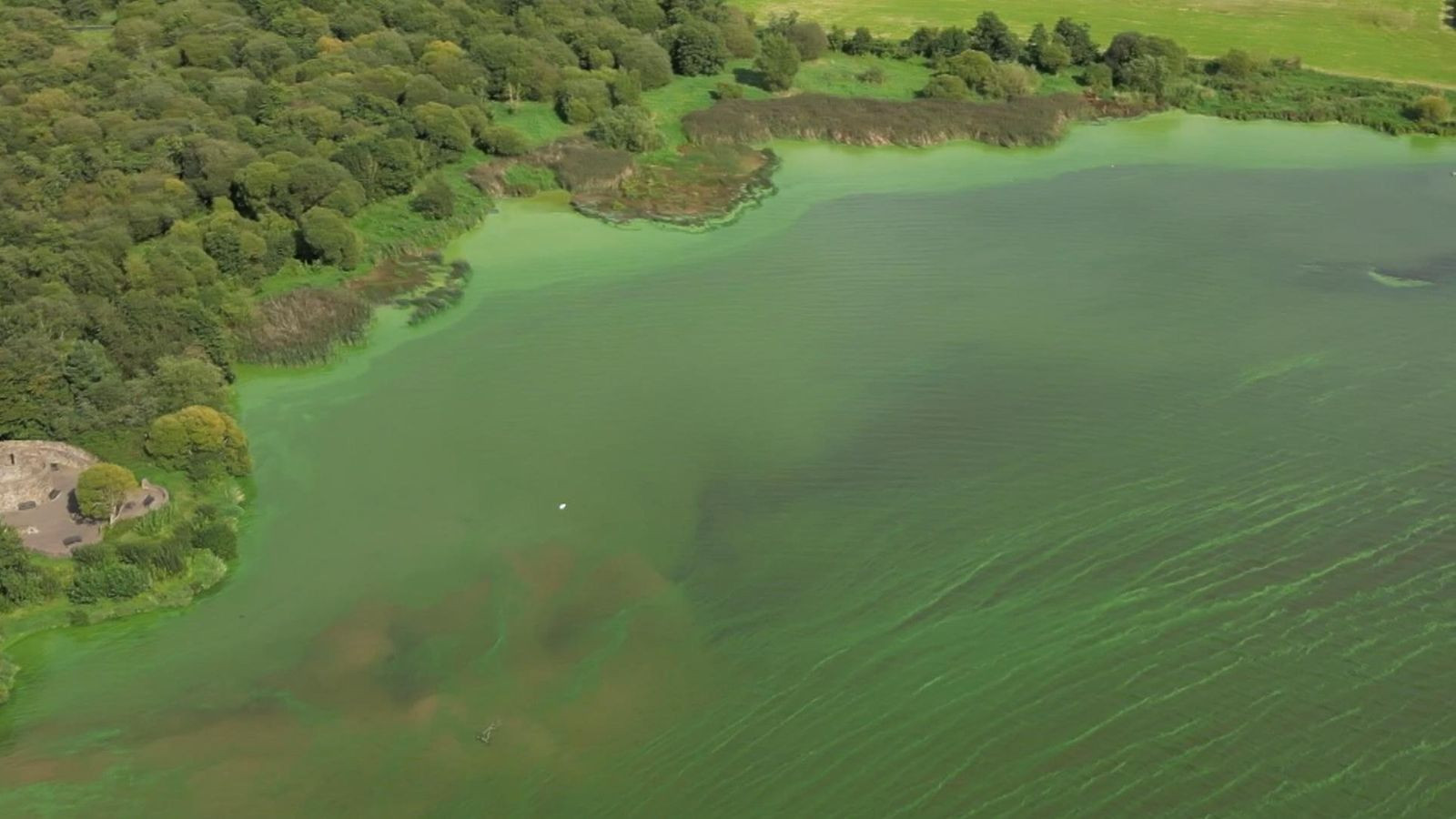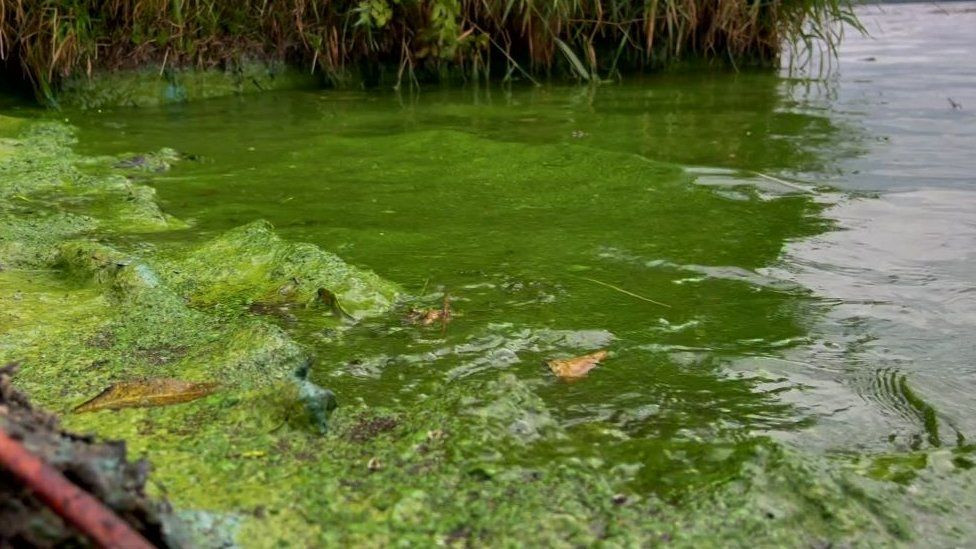A study by researchers at Queen’s University Belfast (QUB) has confirmed Lough Neagh as hypertrophic – the worst category of waterway nutrient pollution – which indicates “decades of agricultural, industrial and domestic runoff”.
The key finding and recommendation of the study is that reducing agricultural runoff and discharge from human wastewater treatment needs to be the top priority of all stakeholders including government.
It drains around 40% of Northern Ireland’s land, of which three-quarters is agricultural.
Lead author, Dr Neil Reid at the Institute of Global Food Security, Queen’s School of Biological Sciences said: “These results confirm Lough Neagh as ‘hypertrophic’ which is the worst category of waterway nutrient pollution, indicative of decades of agricultural, industrial and domestic runoff.
“Our results are consistent with claims of faecal contamination of Lough Neagh and its tributaries, most likely from farm livestock and human-effluent wastewater treatment plants.”
Researchers used a combination of satellite imagery, nutrient analysis, gene sequencing and toxin profiling to characterise last year’s harmful algal bloom.
The new study found that over 80% of the bacterial DNA recovered from algal mats in Lough Neagh belonged to potentially hazardous microbes, including E.coli, Salmonella and 11 others that cause human illness.
The study identified the cause of the bloom was a common species of freshwater cyanobacteria that produces toxins under certain conditions.
Algal growth was strongly associated with water phosphorus levels which fuelled its reproduction.
In analysing the findings, QUB’s researchers detected a large array of toxins, including a particular toxin that had not yet been discovered on the island of Ireland before.
Microcystin-LR was a specific toxin that was found to have exceeded the World Health Organisation (WHO) recreational exposure limit at every sample site.
Furthermore, researchers believe that these toxins could have potentially played a role in the death of some animals such as dogs, that entered the water during summer 2023.
Dr Reid said: “No one wants our environment full of potentially nasty bacteria and harmful toxins, so we need to look forward and prioritise ecological restoration and recovery.
“Farmers are key here. Technological solutions to better use slurry, for example, through anaerobic biodigestion, as well as good on-farm wastewater management is needed urgently on most farms.
“So-called ‘Nature-based Solutions’ such as planting vegetation and leaving buffer strips along waterways or creating drainage swales, willow plantations and reedbeds could dramatically reduce the environmental footprint of farming avoiding any conflict with the productivity and profitability of the agriculture sector.”
Reid said such initiatives will require government to support a just transition to sustainable agriculture, for exampl, agri-environment scheme subsidies.
“Recent national and local political change should foster optimism that the environment and opportunities for change now exist.”
Agri Politics
Machinery
Rural Life
Agri-Business
Machinery
Sheep
N.Ireland
Agri-Business
Dairy
Cookie Settings | Privacy Policy | Terms & Conditions | Advertising
© Copyright 2024 Agriland Media UK Ltd.


















